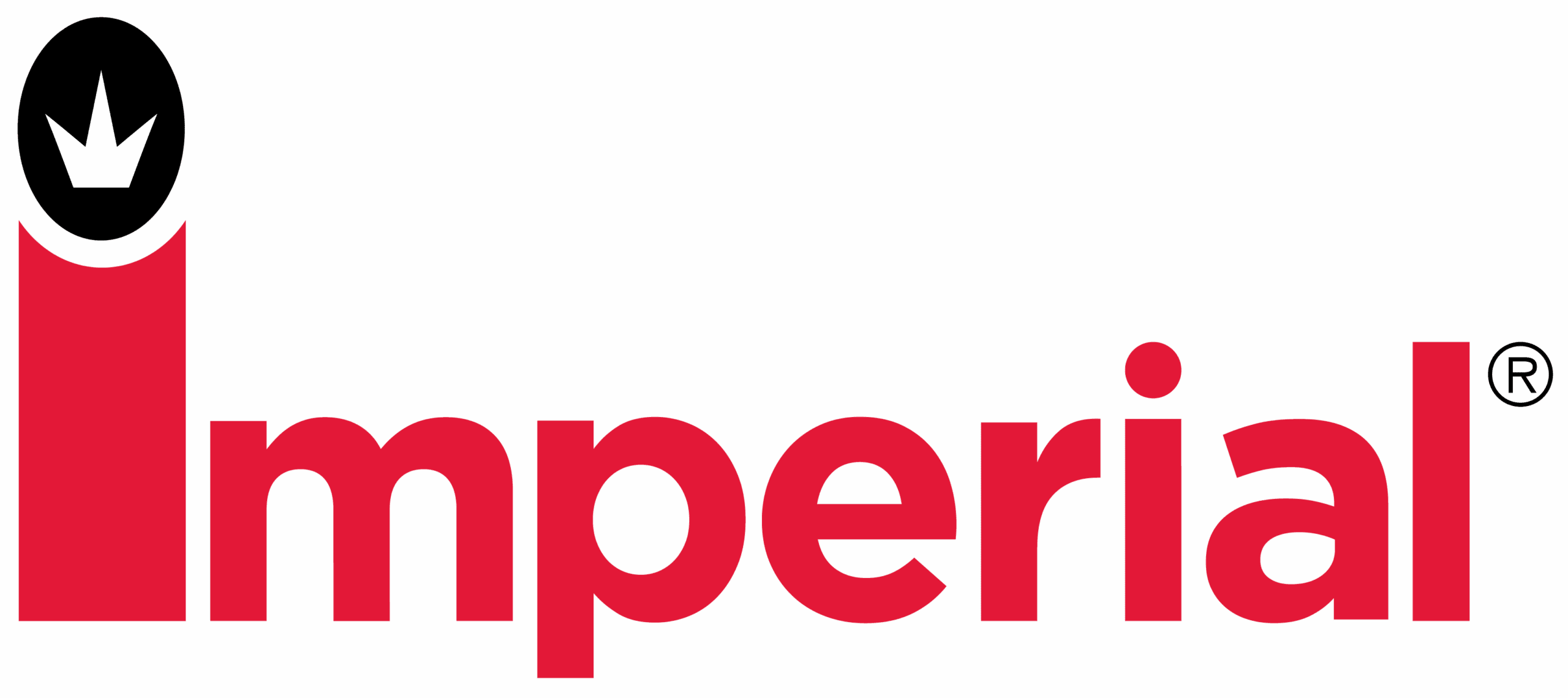How to fix indecision in business and keep your team moving
Home - How to fix indecision in business and keep your team moving
Corcentric

“In any moment of decision, the best thing you can do is the right thing,
the next best thing is the wrong thing, and the worst thing you can do is nothing.”
– Teddy Roosevelt
Here’s the thing about decisions: we have to make them. In theory, anyway. But in practice? We stall, circle back, regroup, book another meeting. And by the time someone says, “let’s just table it,” the window of opportunity has not only closed, but been locked and painted shut.
In other words, decisions have expiration dates. Expensive ones.
Nowhere is that more true – or relevant – than in business, where a lot of what goes on is high-stakes with very little margin for error. In this environment, the inability to make decisions isn’t just a leadership flaw, but a real liability. And yet, it’s everywhere.
What a strong decision-making process looks like
When done right, decision-making is like a well-designed supply chain: structured, responsive, agile, built to move, and ideally, frictionless. When done wrong? It’s an endless loop of misadventure where everything leads to delays, inefficiencies, and missed revenue.
Thinking fast is one thing, but the key isn’t just deciding faster, it’s deciding better. Deciding better requires a strategic, buildable process that entails knowing who’s responsible, what success looks like, and why the decision needs to be made now, not next week, next quarter, next whenever. Without this process, even the most straightforward call can become mired in a black hole of indecision.
Signs your team is stuck in decision paralysis
Indecision isn’t always obvious. Sometimes it takes the form of over-preparation, or it’s disguised as collaboration, or hidden behind “fact-finding.” Indecision is a very clever shape-shifter, so if any of the following sound familiar, you may decidedly have a problem:
- Overthinking everything: We’ve all heard of, or been subject to, analysis paralysis. Now, data is a great thing — until it becomes a substitute for action. Obsessive analysis is often a sign of decision fear, not intelligence.
- Fear of mistakes: Perfectionism sounds noble. In reality, it’s procrastination with a PowerPoint deck. As the Marines say, “Make the right decision, make the wrong decision, just make the decision.” Or, as every leadership coach ever has taught, “Make the decision, then make it right.”
- Too much consensus-seeking: Not every decision needs a group hug and a universal round of head nodding. If everyone’s involved, then likely nothing’s getting done.
- Second-guessing: When every “yes” is followed by “but,” you’re just going in circles (see “Overthinking” above).
- Dependency on others: Delegation is one sign of a confident leader. But if it’s simply abdicating responsibility in order to avoid having to make decisions, then it’s a sign of something very wrong.
- Bad data (or irrelevant good data): Not every decision is a Big Data event. So no, you don’t need more data…you need the right
- Lack of clarity on who decides what: When everyone owns the decision, no one does. Hierarchies exist for a reason – as we mention above, consensus is good, but it’s not requisite. Just step up and make the decision.
If this sounds familiar, don’t worry, you’re not alone. But it’s important to understand what this type of decision avoidance is actually costing your organization.
The business cost of poor decision-making
The inability to make decisions has a cost, and that goes beyond just the financial. Humans are biologically built to follow strength, and in business that means clarity, conviction, and someone willing and able to make confident decisions. Without that, you get this:
- Projects stall. Value gets stuck in limbo, and the momentum never builds.
- Resources waste away. Every delay compounds, every missed opportunity becomes a sunk cost.
- Employee morale tanks. Nothing kills interest and engagement faster than spinning your wheels.
- Growth stalls. Markets move on, competitors don’t wait.
- You lose your edge. Competitiveness isn’t just about ideas, but execution. And execution requires decisions.
The solution is simple:
Build a business that actually makes decisions
Not surprisingly, you don’t fix indecision with another workflow diagram. You fix it by creating a culture where clarity beats consensus, and where movement matters more than meticulousness.
Here’s how you do it in seven steps:
- Know who’s calling the shots
Every decision needs an owner, not a task force or a dotted-line maybe. Someone with the authority to say, “This is what we’re doing,” and the responsibility to carry it through. If you don’t have that, you don’t have…anything.
- Limit the menu
Too many options paralyze action. It feels democratic, but in practice it just muddies focus and drags on timelines. Narrow the field by framing the decision around outcomes, not possibilities. You’re not shopping, you’re leading.
- Set real deadlines and enforce them
A deadline without consequence is just a suggestion. Treat timelines like commitments, not decorations. Certainly build in agility, but don’t let “flexibility” become code for “we’ll get to it when we get to it.”
- Break big calls into smaller steps
Big decisions stall because they feel existential. Break them into smaller, reversible actions that build momentum. Once you’re in motion, the next move is always clearer.
- Get outside perspective
Don’t confuse this with consensus building. Since one rarely sees the whole picture from the inside, enlisting outside voices can identify your blind spots, challenge your assumptions, and inject the urgency your team has rationalized away. Don’t hesitate to ask for outside help; perspective provides the clarity that accelerates decision making.
- Accept that good is good enough
Perfection is (mostly) an illusion, and it rarely shows up on time. Make the best decision you can with what you know now. Course correct later if you need to – that’s leadership. And agility.
- Learn from the decisions you’ve made
Every decision has a measurable outcome, so treat it like an experiment. Debrief it, especially when it goes sideways. That’s how instinct becomes insight, and insight becomes strategy.
It’s important to note that decision-making isn’t a moment, but a mindset. A repeatable one. And when you build that discipline, you build a process that helps the business move with intent. As Teddy put it, when it comes to decision making the worst thing you can do is nothing. And indecision? That’s just nothing masquerading as strategy.
The real cost of indecision? Growth and momentum
He/she/they who hesitates is lost.
A tired proverb maybe, but true. When your team hesitates, everything slows down — processes, projects, possibilities.
But recognizing (and admitting) the problem is the hardest part. Once you see it, you can fix it. With the right tools, structure, and mindset, you, your team, and your business won’t just make decisions, but make smart ones, fast.
So next time you feel like kicking the decision-making can down the road, ask yourself this: what’s the cost of waiting? Odds are, that’ll give you all the motivation you need to decide to do the right thing.
Still stuck in decision limbo?
Indecision doesn’t fix itself. If your team keeps circling the same choices, chasing consensus, or hesitating when it matters most, it’s time to change that—deliberately.
We help organizations break through decision gridlock by building real clarity, real accountability, and real momentum.
The inability to make decisions is fixable. But only if you decide to fix it. Give us a call, and let’s fix it…decisively.
















